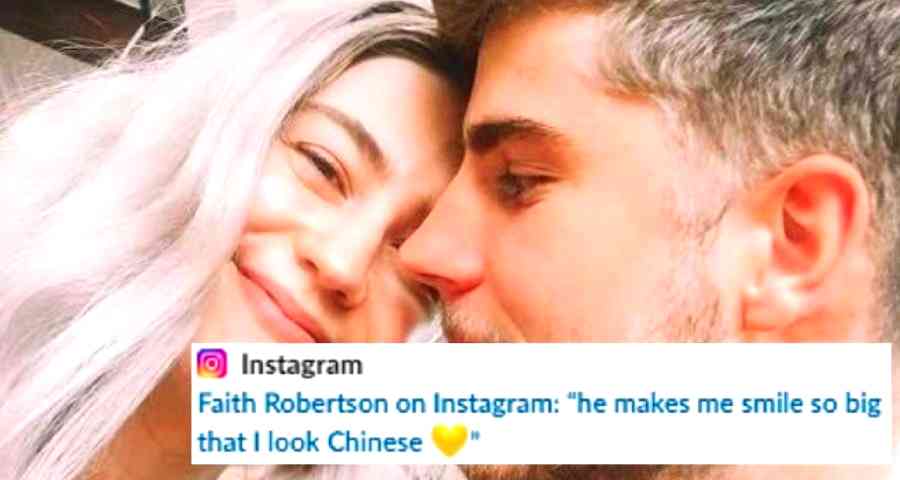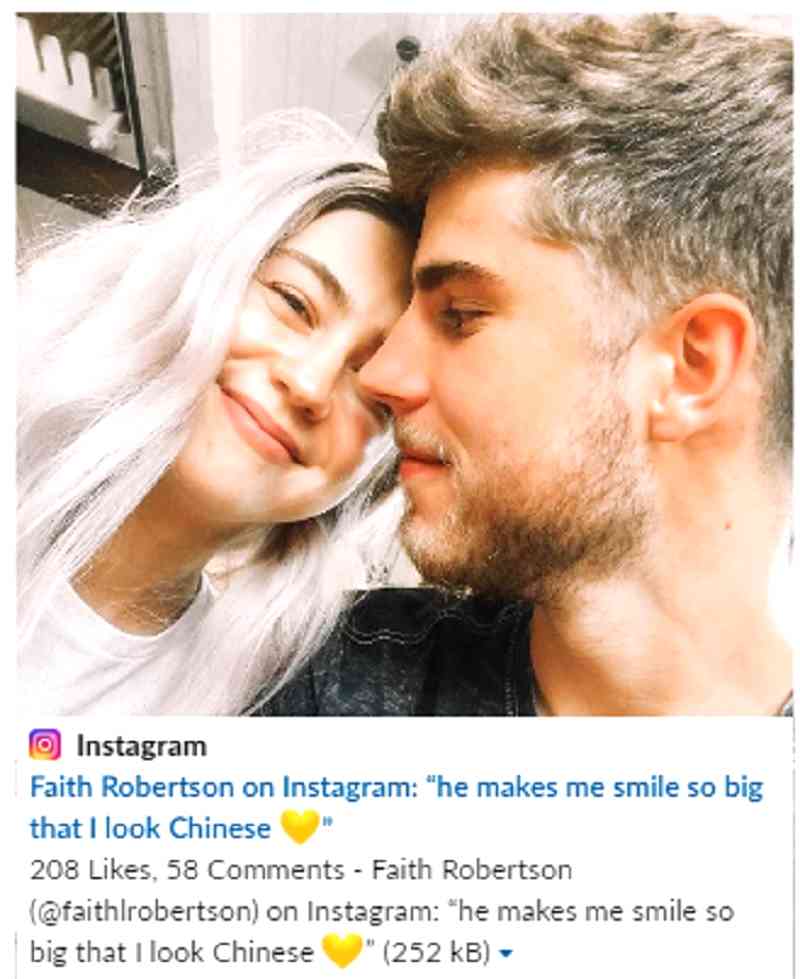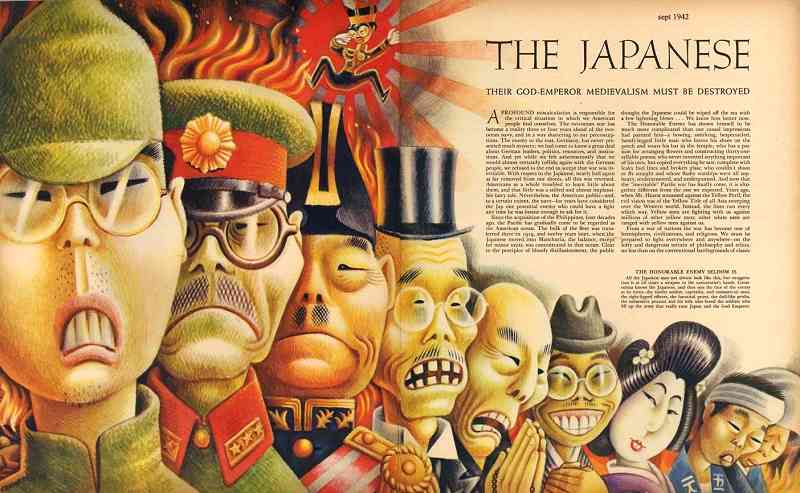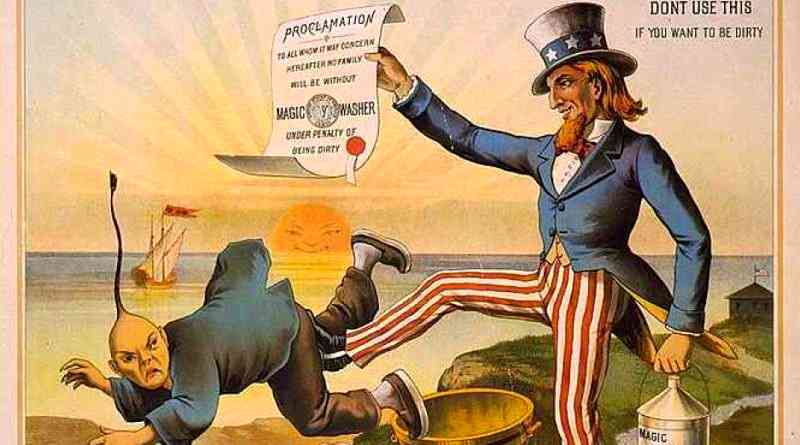No, Squinting Your Eyes Doesn’t Make You Look Chinese

People squinting their eyes in photos could really do it without any racial reference, but for some reason, many still find it amusing to do so.
Instagrammer Faith Robertson, for instance, could have expressed how happy her partner makes her in a typical, simple and sweet caption. However, she chose to instead write: “He makes me smile so big, that I look Chinese.”
While she has apparently taken the post down, it is high time someone pointed out that this behavior simply isn’t as amusing as so many non-Asians seem to think it is.
A quick browse through Instagram alone shows just how common it is among non-Asians to mock or poke fun at slanted eyes on social media as proven by the popularity of problematic hashtags such as #asianeyes #chinaeyes or #lookingchinese.
Sometimes, even dogs have these “crazy” #chinaeyes:
The Problem
Asian eyes actually come in all shapes and sizes. While there are some common traits that many Asian eyes may share, there are too many variations (even in one ethnic group) to classify all Asians into one specific eye shape.
Similar to doing the slant eye gesture, these #chinaeyes photos turn a nationality, a community, and even an entire race into a punchline for a pathetic attempt at a joke.
For many Asian Americans, particularly those who are still learning to understand and appreciate their identities, this could be extremely damaging. Learning to accept one’s identity is a common struggle shared by many people of color, especially those who grew up in areas where their physical traits and features were perceived as “different.”
Persisting Stereotypes
In the United States, Asians have historically been portrayed as caricatures by the government in propaganda posters and later on in early Western media.
In an apparent bid to dehumanize Asians during World War II, they were depicted with hyperbolized slanted eyes on propaganda posters at a time when the U.S. government was detaining Japanese Americans in concentration camps. The same depiction was created during the 19th and 20th centuries when the Chinese Exclusion Act was implemented.
Asian features were long portrayed in the media as either mysteriously foreign, ugly, or goofy, allowing non-Asians to use these as insults toward people of Asian origin.
The Perpetual Foreigner
While seemingly harmless, these hashtags and slurs actively allow these damaging stereotypes to continue to exist today.
The persisting stereotype of having eyes that others find “hilarious” or “odd-looking” represents the concept of the Perpetual Foreigner Syndrome. Whenever their physical traits are somehow portrayed to be worthy of being mocked for being different, people of color are reminded of their “otherness” regardless if they were born and raised in the U.S.
Young Asian Americans’ struggle with self-acceptance usually begins with such encounters, often leading them to doubt their own identities and succumb to psychological distress. Many are forced to conform to what they perceive to be the societal norm and end up adopting Western beauty standards while rejecting their own.
In a desperate need to belong, some end up conforming too much that they even start laughing along with the stereotypes and the cycle just goes on and on.
Just Stop
While it is true that accepting one’s identity is more than just being comfortable with his or her physical features, not being reduced to a punchline on the internet still makes a difference.
Featured Image via Instagram / faithlrobinson
Share this Article
Share this Article



